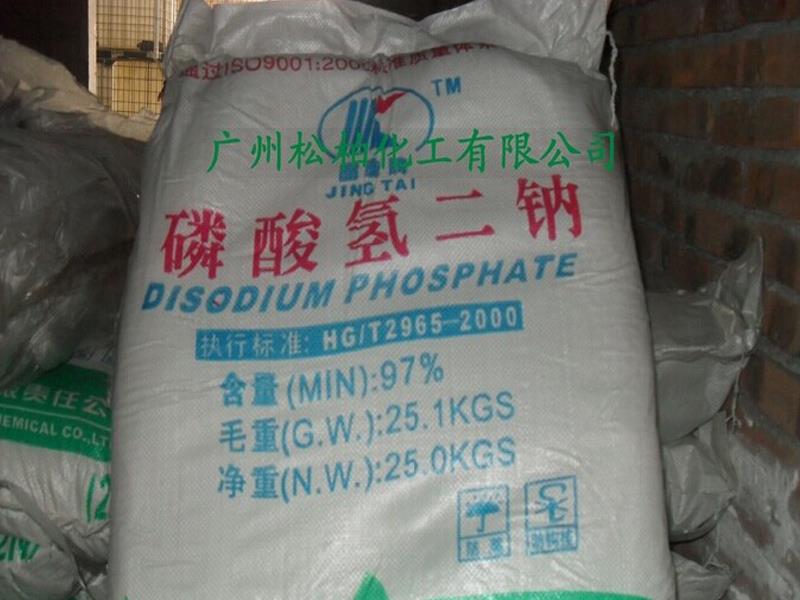Diphosphate phosphate manufacturers offer

Part of the safety technical specification for disodium hydrogen phosphate: chemical name name Chinese name: disodium hydrogen phosphate chemical name: Disodium phosphate
Molecular formula: Na2HPO4.nH2O
Executive Standard: HG/T2965-2009
CAS No.: 7558-79-4 (anhydrous); 10039-32-4 (12 water)
Molecular weight: 358.0
Part II: Composition/information information phosphorus pentoxide (P2O5), %≥19.30
Main content, %≥97.0
Part III: Hazard Overview Health Hazards: Irritating to eyes, respiratory system and skin.
GHS Classification: Not a hazardous substance or mixture, as defined by the Globally Harmonized System of Classification and Labelling of Chemicals (GHS).
Part IV: First Aid Measures Skin Contact: Rinse with soap and plenty of water.
Eye contact: Flush eyes with water as a precautionary measure.
Inhalation: If inhaled, move the patient to fresh air. If you stop breathing, give artificial respiration.
Ingestion: Never give anything that is unconscious to your mouth. Rinse with water.
Part V: Fire-fighting measures Extinguishing media: water spray, alcohol-resistant foam, dry powder or carbon dioxide.
Special hazards: Phosphorus oxides, sodium oxides Fire protection advice: Wear self-contained breathing apparatus for firefighting if necessary.
Part VI: Emergency treatment for leakage emergency treatment: isolation of contaminated areas and restrictions on access. It is recommended that emergency personnel wear a dust mask (full face mask) and wear a protective suit. Use a clean shovel to collect in a dry, clean, covered container and transfer to a safe place. If there is a large amount of leakage, collect it for recycling or transport it to a waste disposal site for disposal.
Section 7: Handling and Storage Handling Precautions: Wear respirators, gloves, goggles and other equipment during operation to ensure employee comfort and safety.
Storage Precautions: Store in a closed container. Store in a cool, dry, well-ventilated area away from incompatible materials. Storage is beneficial for protected moisture.



